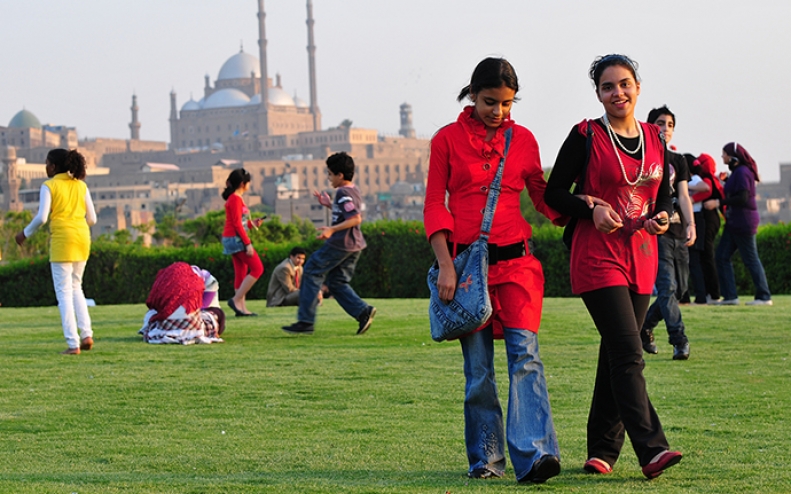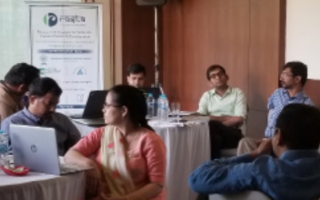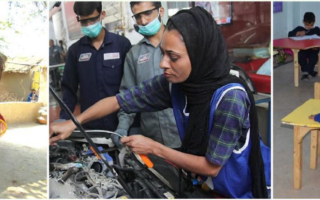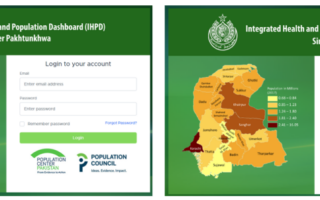
Young people are powerful catalysts for social and economic development and change. In Egypt, approximately 60% of the population is under the age of 30, and 40% is between the ages of 10 and 29. These young people are making the transition from childhood to the roles and responsibilities of adulthood—as workers, citizens, spouses, and parents—in the wake of the Arab Spring in 2011.
Under the right circumstances, this youth bulge could propel the country economically. But without the right investments in young people’s health and education, as well as opportunities for productive livelihoods, their future prospects—and possibly the future of Egypt—will be limited.
The Population Council has generated evidence about the lives of young people in Egypt since 1997, when Council researchers fielded the groundbreaking Adolescence and Social Change in Egypt survey, interviewing more than 9,000 young people.
In 2009, the Population Council built on that foundation with the Survey of Young People in Egypt (SYPE). Researchers spoke with a nationally representative sample of about 15,000 young people between the age of 10 and 29 from 11,000 households, one of the largest surveys of young people in the Middle East and North Africa. The survey revealed regional and gender-specific disparities in schooling, high rates of youth unemployment, and persistent gender inequities.
In 2014, the second round of SYPE took place in the wake of major transitions in Egypt, notably two revolutions—in January 2011 and June 2013. Council researchers re-interviewed more than 10,000 respondents, 73% of those same young people interviewed for the 2009 survey, a group now aged 13–35.
The new data offer a unique before-and-after picture of the economic, social, political, and health situation of young people during this critical time in Egypt’s history, as well as nuanced details about their struggle for employment, their concerns about Egypt’s economic situation, and their resilient optimism for the future.
For example, the 2014 survey found that compared to before the revolutions, Egyptian young people today are:
- much more likely to vote;
- more likely to use the internet and other media;
- less likely to work for the government or in the private wage sector;
- less likely to aspire to migrate outside of Egypt; and
- more likely to prefer larger family size and less likely to use contraception.
Results from SYPE 2009 were used to inform government policies for young people as well as two of the Council’s own pioneering programs to empower girls and young women in rural Upper Egypt: Ishraq and Neqdar Nesharek.
SYPE 2014 has updated the state of knowledge on young people in Egypt and identified issues of importance to youth in the country’s new political environment. Results from the survey have been disseminated to government ministers, representatives from international donor organizations, and other thought leaders on Egyptian youth and society and will be used to develop programs and policies that encourage investment in this crucial population.
Building off of SYPE 2009 and 2014, SYPE 2016 expanded the knowledge base of characteristics and pressing issues of young people, specifically in informal urban areas of Greater Cairo. The surveys have been widely used by Egyptian policymakers as well as local and international donors in designing programs and interventions for young people in Egypt.
The Council embarked on a new round of the Survey of Young People in Egypt (SYPE 2022) in partnership with the Ministry of Planning and Economic Development, CAPMAS and Cairo Demographic Center with support from USAID, the Netherlands Embassy, UNFPA and UNICEF. The new round will include a sample of 17,000 young and adult men and women aged 10–42, including young people with disabilities.
SYPE 2022 data will help us understand:
- Effects of social and economic reforms and political changes since 2014
- Current situation of young people aged 10–29 with regard to health, education, employment, marriage, family formation, gender attitudes, COVID-19, climate change, and other indicators
- Transitions to adulthood among young people with physical disabilities.




